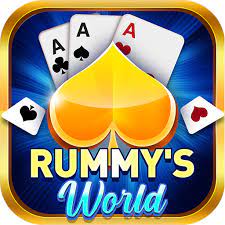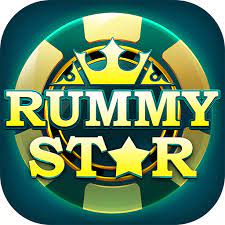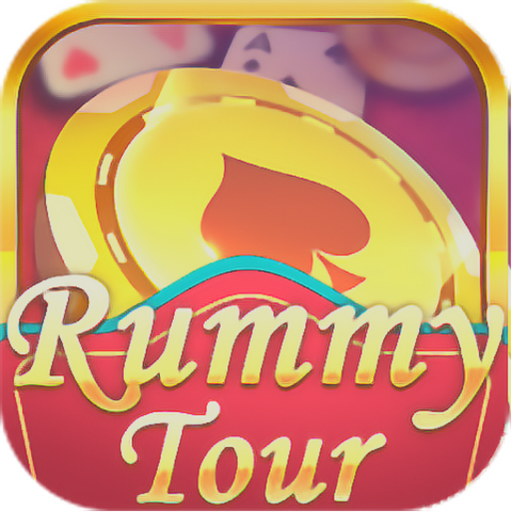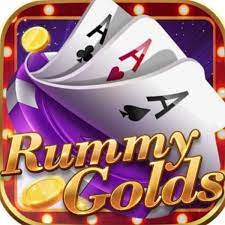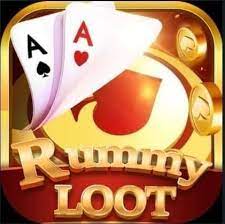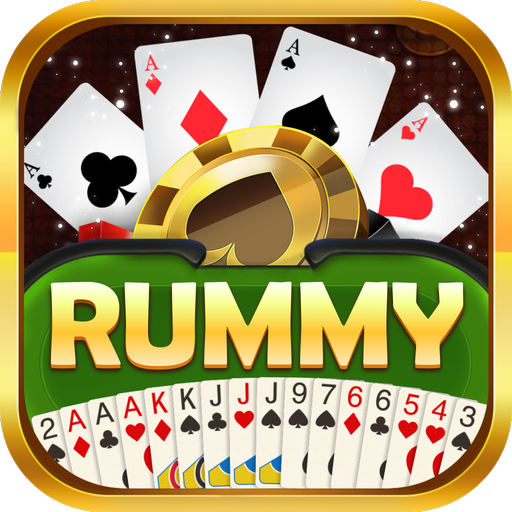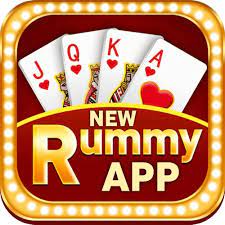Sure! Here’s a detailed and beginner-friendly article on 13 Cards Rummy Rules:
—
13 Cards Rummy Rules – Learn How to Play the Most Popular Rummy Game
13 Cards Rummy, also known as Indian Rummy, is one of the most widely played card games in India. It combines skill, strategy, and a bit of luck, making it a favorite among card game lovers. Whether you’re playing for fun or for real money online, understanding the basic rules of 13 Cards Rummy is essential to winning and enjoying the game. Also Download Happy Teen Patti

This article will walk you through the rules, objectives, and gameplay structure of 13 Cards Rummy in simple terms.
—
What is 13 Cards Rummy?
As the name suggests, each player is dealt 13 cards, and the goal is to form valid combinations using these cards. These combinations must include at least one pure sequence, and the rest can be sequences or sets.
The game is typically played with 2 to 6 players using one or two standard 52-card decks (including jokers).
—
Objective of 13 Cards Rummy
The main objective is to arrange all 13 cards into:
At least two sequences
One of which must be a pure sequence (a sequence without a joker).
The rest of the cards can be sequences or sets.
Once this is done, the player can declare and win the game.
—
Key Terms You Need to Know
Here are some important terms used in 13 Cards Rummy:
Sequence: Three or more consecutive cards of the same suit.
Example: 5♦ 6♦ 7♦
Pure Sequence: A sequence with no joker used.
Example: 3♠ 4♠ 5♠
Impure Sequence: A sequence where a joker is used to replace a missing card.
Example: 7♥ 8♥ Joker
Set: Three or four cards of the same rank but different suits.
Example: 9♣ 9♦ 9♠
Joker: There are two types—Printed Jokers and Wild Jokers (random card chosen at the start of the game).
Drop: A player can leave a game before or during play. Points are added for a drop.
—
How to Play 13 Cards Rummy – Step by Step
1. Dealing the Cards
Each player gets 13 cards. A wild joker is selected randomly from the deck.
2. Gameplay Begins
Players take turns picking a card from the open or closed deck and discarding one to maintain 13 cards.
3. Making Combinations
Players try to form:
Minimum 2 sequences (1 pure + 1 more)
Remaining cards into valid sets or sequences
4. Declaring
Once a player arranges all 13 cards correctly, they discard a card to the “Finish” slot and declare.
5. Validation
The system checks if the player has:
At least one pure sequence
At least two total sequences
Valid sets/sequences with no unmatched cards
If valid, the player wins. If not, the player receives a penalty.
—
Points System in 13 Cards Rummy
Each numbered card carries face value (2 to 10).
Face cards (J, Q, K, A) carry 10 points each.
Jokers carry 0 points.
A valid declaration gives 0 points (best).
Maximum score a player can get in a round is 80 points.
—
Example of a Winning Hand
Cards:
4♣ 5♣ 6♣ (Pure sequence)
7♥ 8♥ Joker (Impure sequence)
9♠ 9♦ 9♣ (Set)
Q♠ Q♦ Q♣ (Set)
Result: Valid declaration.
—
Variants of 13 Cards Rummy
Points Rummy – Fast-paced; each point has a cash value.
Pool Rummy – Players are eliminated as they reach 101 or 201 points.
Deals Rummy – Fixed number of deals; highest chips wins.
—
Final Thoughts
13 Cards Rummy is easy to learn but mastering it requires strategy and practice. By understanding the rules, card combinations, and scoring system, you can play with confidence and improve your chances of winning—whether it’s a friendly match or an online tournament.
Ready to play? Now that you know the rules, download a rummy app or grab a deck and test your skills!
—
Let me know if you want this article tailored for a mobile app description, or translated into Hindi or another regional language! Also Download Rummy Best




